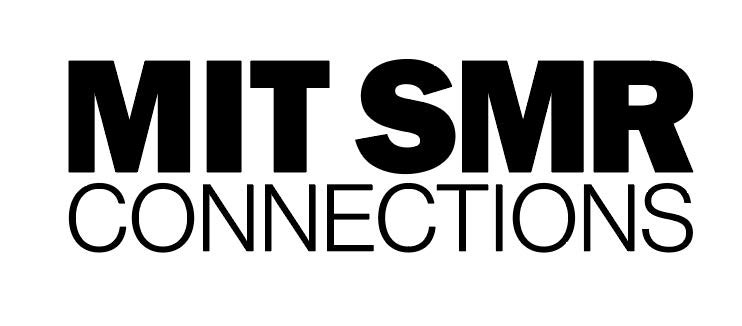If you’re like most managers and company leaders around the world right now, employee engagement is probably top of mind. For one, employees are burnt out and as many as 25% are considering leaving their jobs. Figuring out how to keep them interested in their work is imperative if you want to keep them around. On top of that, many employers are struggling to figure out how to encourage employee engagement in a virtual workplace.
After being immersed in the edtech industry for over 15 years, these challenges aren’t new to me. The dropoff rates for online education tools are usually very high, so edtech companies put a lot of time and investment into ensuring people stick with the program and meet their goals—even when they’re only engaging through an app.
Employers struggling with engagement—particularly in a virtual world—would be wise to steal a few pages out of the edtech playbook. Read on for some ideas any company can learn from the edtech industry to keep employees excited about the work ahead of them.
1. Explain the Why Behind the Work
One thing edtech platforms are great at is helping users see the bigger-picture goal behind any individual lesson. For instance, when learning a language on Duolingo, you may not be excited about every individual lesson, but you can see the trajectory of how they will scaffold up to helping you achieve your ultimate goal of learning a new language.
Companies can implement this by ensuring that they’re connecting every project to bigger company or personal goals. At my current company, Solitaired, which ties classic games to brain training, we surveyed our employees to understand how we could improve engagement. We found that one of the big things they wanted was a better understanding of why product decisions were being made—why we were asking them to do specific tasks and projects. So, when we started asking them to work on our new brands, Spider Challenge and Unscrambled Words, we focused on communicating in detail why they were company priorities and what impact we expected them to have, which led to much more excitement around the work involved. This included widely sharing our thesis and vision, the research and data, and predictions of what we could do with strong execution.
2. Provide Reward Early and Often
When it comes to engagement on edtech platforms, gamification is a huge buzzword. What it often means in practice is providing rewards early and often as students are working through the units, often in the form of things like badges, points, or chances to “uplevel.”

Obviously it’s not realistic to “uplevel” your employees with promotions every few weeks to keep them engaged. But consider if there are other, non-compensatory ways you can regularly celebrate achievements. For instance, could you create a system where employees get points for different achievements, which they can swap for rewards such as extra PTO or a lunch out on the company?
Sometimes, even just creating a culture of regularly celebrating wins is enough. A previous team I worked on had a weekly meeting where everyone talked about the things they learned that week. Always being reminded of the personal rewards we were getting out of the work helped keep us more engaged.
3. Keep the Work Manageable and Varied
Edtech platforms are really great at breaking down big, gnarly subjects into bite-sized lessons that feel totally doable—and mixing these lessons up to keep it exciting. For instance, each Coursera class is broken down into manageable lessons with a mix of videos, readings, and exercises, even going so far as to lay out how long each piece is expected to take.
There are two lessons here for employers. The first is to work with your team to break big projects down into manageable chunks so they can regularly see the gains they’re making rather than feeling like they’re drawing in a giant project that will never be done. The second is to make sure you’re not sticking an employee with the same task over and over again, but working to keep their workload varied. For instance, if you’re managing an engineer, mix maintenance tasks with work on new features. The more novel your employees’ work feels, the more likely they’ll stay excited about it.
4. Emphasize Feedback Over Failure
On edtech platforms and apps, there’s really no such thing as failure. Instead, mistakes are seen as opportunities to give students feedback and help deepen their learning, and there are always second chances to go back through the content and get it right. On top of that, these feedback loops are pretty tight—by the end of a short lesson, students are getting information on how they’re doing, and what they need to improve as they move forward. If they’re doing well, it’s motivating to get this sort of quick positive reinforcement. If they’ve made mistakes, the opportunity to quickly learn and correct is also engaging.
This isn’t an invitation to micromanage, but rather an opportunity to consider how you can create more frequent opportunities for feedback. For instance, in one workforce recruitment and retention report, 89% of HR leaders agreed ongoing check-ins and even peer feedback have a positive impact on their organizations, compared to just an annual review. When employees are struggling with something, take an approach of celebrating the failure as a chance to improve.
If there’s anything working in edtech taught me, keeping people engaged is largely about making them feel like they’re continuously moving forward: learning, growing, and working towards something bigger. Nail that and you’re likely to have happy employees for years to come.





